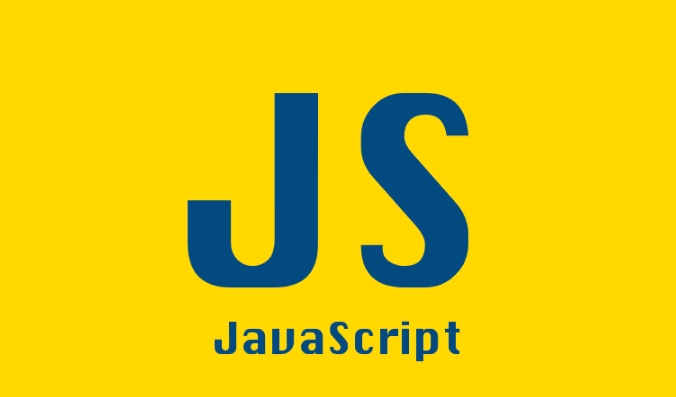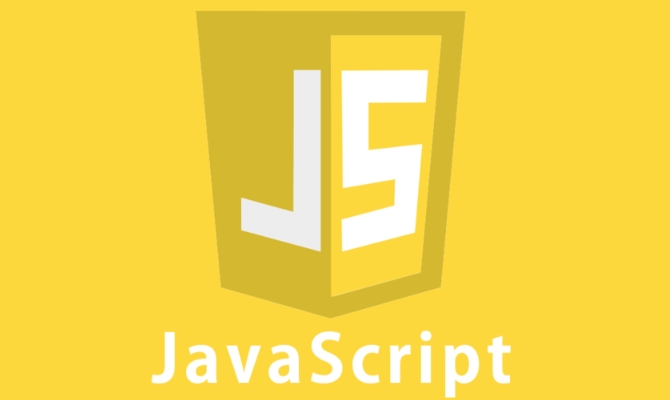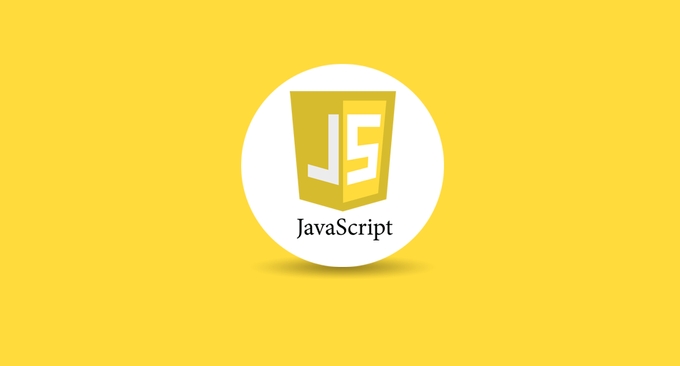Differences Between .call(), .apply(), and .bind() in JavaScript
Jul 06, 2025 am 12:42 AM.call() executes the function immediately and passes the parameters one by one, .apply() executes immediately but passes the parameters in an array, .bind() returns a new function that binds this and is not executed immediately. All three are used to control this pointing inside the function. .call() is suitable for method borrowing and explicit parameter passing, .apply() is suitable for parameter arrays or uncertain numbers, and .bind() is used to create reusable functions with preset parameters and contexts, and this cannot be changed after binding.

In JavaScript, .call() , .apply() , and .bind() are all used to control the value of this inside a function. While they serve similar purposes, they differ in how they're used and when you should reach for each one.

What .call() Does
.call() lets you call a function with a specific this context and pass arguments one by one .

This is useful when you want to immediately invoke a function but make sure it runs in a particular object context.
For example:

function greet(greeting, punctuation) {
console.log(greeting ', ' this.name punctuation);
}
const person = { name: 'Alice' };
greet.call(person, 'Hello', '!'); // Logs: Hello, Alice!Key points:
- Invokes the function immediately
- Arguments are passed individually after the
thiscontext - Good for borrowing methods from other objects
How .apply() Is Different
.apply() works just like .call() , but instead of listing arguments out, it takes them as an array (or array-like) structure.
This becomes handy when you don't know how many arguments there will be ahead of time, or if you already have them in an array.
Example:
greet.apply(person, ['Hi', '!!!']); // Logs: Hi, Alice!!!
Use .apply() when:
- You have an array of arguments ready
- You want to pass variable-length arguments easily
- It's common in older codebases for things like
Math.max.apply(null, array)
When to Use .bind()
Unlike .call() and .apply() , .bind() doesn't call the function right away . Instead, it returns a new function with the this value set permanently.
This is especially useful for callbacks where you need to preserve the context later on.
Example:
const greetPerson = greet.bind(person, 'Hey'); greetPerson('?'); // Logs: Hey, Alice?
Why you'd use .bind() :
- To create a reusable function with preset arguments
- To avoid losing
thiscontext in events or timeouts - Once bound, the
thiscan't be changed again — it's locked in
Quick Comparison Summary
-
.call()→ immediate execution, arguments listed -
.apply()→ immediate execution, arguments in an array -
.bind()→ returns a new function, doesn't execute right away
You'll often see these used when working with object methods, event handlers, or when trying to borrow functionality between objects.
Basically that's it.
The above is the detailed content of Differences Between .call(), .apply(), and .bind() in JavaScript. For more information, please follow other related articles on the PHP Chinese website!

Hot AI Tools

Undress AI Tool
Undress images for free

Undresser.AI Undress
AI-powered app for creating realistic nude photos

AI Clothes Remover
Online AI tool for removing clothes from photos.

Clothoff.io
AI clothes remover

Video Face Swap
Swap faces in any video effortlessly with our completely free AI face swap tool!

Hot Article

Hot Tools

Notepad++7.3.1
Easy-to-use and free code editor

SublimeText3 Chinese version
Chinese version, very easy to use

Zend Studio 13.0.1
Powerful PHP integrated development environment

Dreamweaver CS6
Visual web development tools

SublimeText3 Mac version
God-level code editing software (SublimeText3)

Hot Topics
 Java vs. JavaScript: Clearing Up the Confusion
Jun 20, 2025 am 12:27 AM
Java vs. JavaScript: Clearing Up the Confusion
Jun 20, 2025 am 12:27 AM
Java and JavaScript are different programming languages, each suitable for different application scenarios. Java is used for large enterprise and mobile application development, while JavaScript is mainly used for web page development.
 Mastering JavaScript Comments: A Comprehensive Guide
Jun 14, 2025 am 12:11 AM
Mastering JavaScript Comments: A Comprehensive Guide
Jun 14, 2025 am 12:11 AM
CommentsarecrucialinJavaScriptformaintainingclarityandfosteringcollaboration.1)Theyhelpindebugging,onboarding,andunderstandingcodeevolution.2)Usesingle-linecommentsforquickexplanationsandmulti-linecommentsfordetaileddescriptions.3)Bestpracticesinclud
 Javascript Comments: short explanation
Jun 19, 2025 am 12:40 AM
Javascript Comments: short explanation
Jun 19, 2025 am 12:40 AM
JavaScriptcommentsareessentialformaintaining,reading,andguidingcodeexecution.1)Single-linecommentsareusedforquickexplanations.2)Multi-linecommentsexplaincomplexlogicorprovidedetaileddocumentation.3)Inlinecommentsclarifyspecificpartsofcode.Bestpractic
 JavaScript Data Types: A Deep Dive
Jun 13, 2025 am 12:10 AM
JavaScript Data Types: A Deep Dive
Jun 13, 2025 am 12:10 AM
JavaScripthasseveralprimitivedatatypes:Number,String,Boolean,Undefined,Null,Symbol,andBigInt,andnon-primitivetypeslikeObjectandArray.Understandingtheseiscrucialforwritingefficient,bug-freecode:1)Numberusesa64-bitformat,leadingtofloating-pointissuesli
 JavaScript vs. Java: A Comprehensive Comparison for Developers
Jun 20, 2025 am 12:21 AM
JavaScript vs. Java: A Comprehensive Comparison for Developers
Jun 20, 2025 am 12:21 AM
JavaScriptispreferredforwebdevelopment,whileJavaisbetterforlarge-scalebackendsystemsandAndroidapps.1)JavaScriptexcelsincreatinginteractivewebexperienceswithitsdynamicnatureandDOMmanipulation.2)Javaoffersstrongtypingandobject-orientedfeatures,idealfor
 How to work with dates and times in js?
Jul 01, 2025 am 01:27 AM
How to work with dates and times in js?
Jul 01, 2025 am 01:27 AM
The following points should be noted when processing dates and time in JavaScript: 1. There are many ways to create Date objects. It is recommended to use ISO format strings to ensure compatibility; 2. Get and set time information can be obtained and set methods, and note that the month starts from 0; 3. Manually formatting dates requires strings, and third-party libraries can also be used; 4. It is recommended to use libraries that support time zones, such as Luxon. Mastering these key points can effectively avoid common mistakes.
 JavaScript: Exploring Data Types for Efficient Coding
Jun 20, 2025 am 12:46 AM
JavaScript: Exploring Data Types for Efficient Coding
Jun 20, 2025 am 12:46 AM
JavaScripthassevenfundamentaldatatypes:number,string,boolean,undefined,null,object,andsymbol.1)Numbersuseadouble-precisionformat,usefulforwidevaluerangesbutbecautiouswithfloating-pointarithmetic.2)Stringsareimmutable,useefficientconcatenationmethodsf
 Why should you place tags at the bottom of the ?
Jul 02, 2025 am 01:22 AM
Why should you place tags at the bottom of the ?
Jul 02, 2025 am 01:22 AM
PlacingtagsatthebottomofablogpostorwebpageservespracticalpurposesforSEO,userexperience,anddesign.1.IthelpswithSEObyallowingsearchenginestoaccesskeyword-relevanttagswithoutclutteringthemaincontent.2.Itimprovesuserexperiencebykeepingthefocusonthearticl






